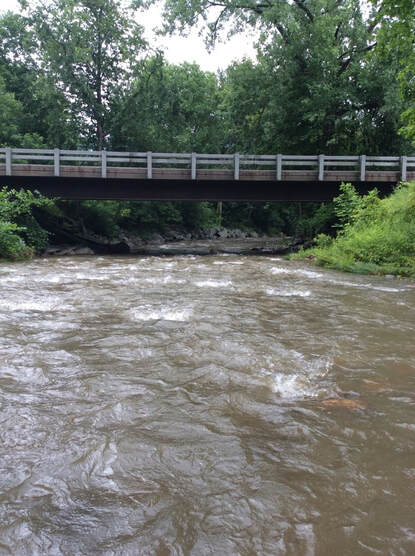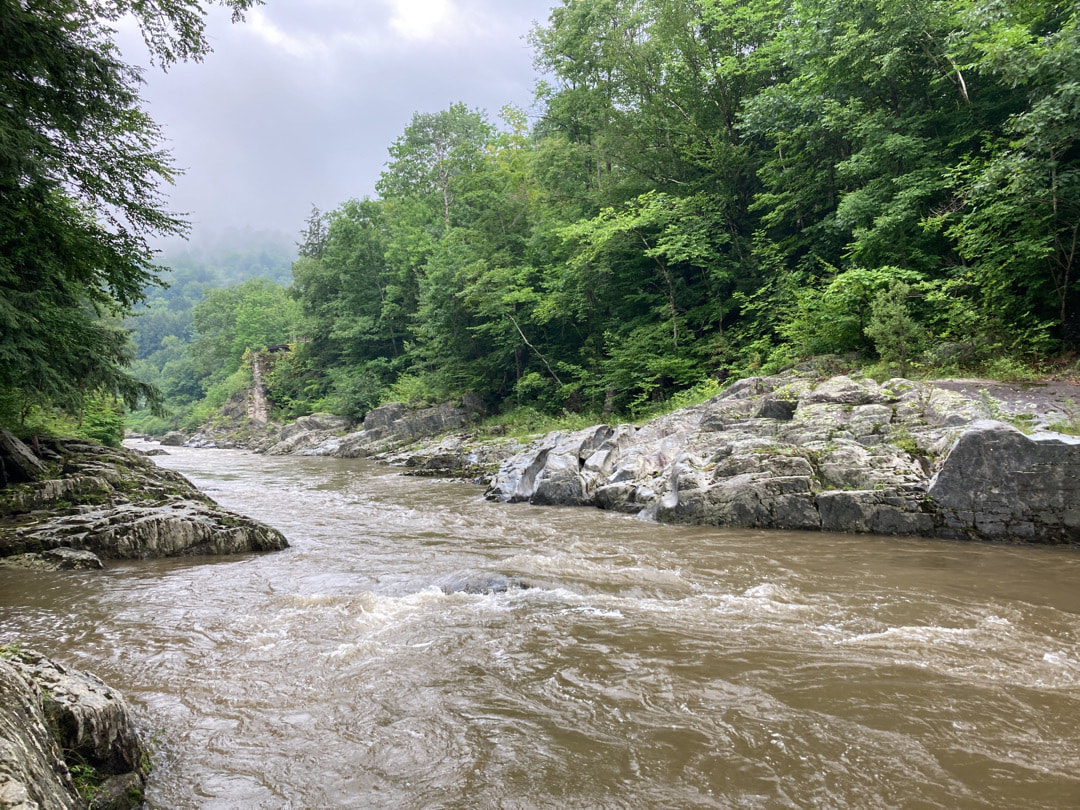|
On July 25 and 26, Friends of the Mad River’s (FMR) Mad River Watch volunteers visited field sites across the valley in order to monitor water quality and make detailed environmental observations for their third field exploration this summer. This article is part of a series highlighting the questions and field work driving volunteers to find answers about the health of the Mad River watershed, as well as the community of supporters that make it possible. Changing Water Temperatures |
Friendsof the Mad River Archives
July 2024
Categories |
Proudly powered by Weebly



 RSS Feed
RSS Feed